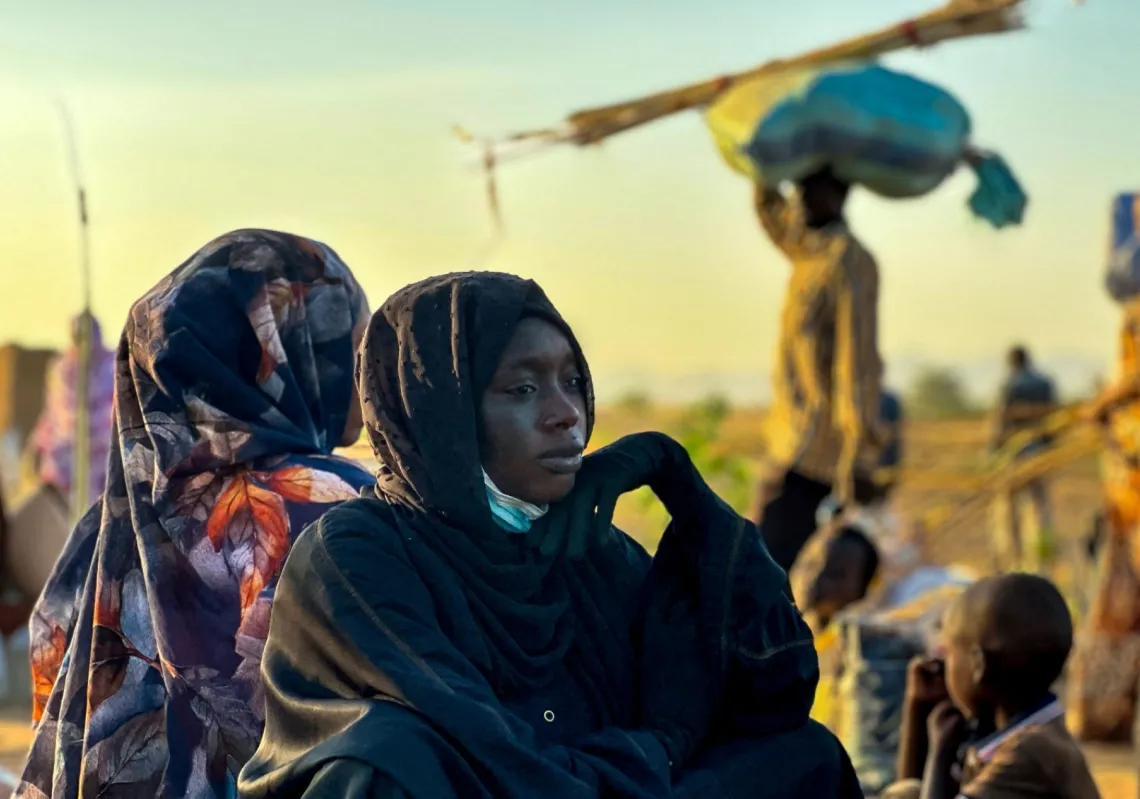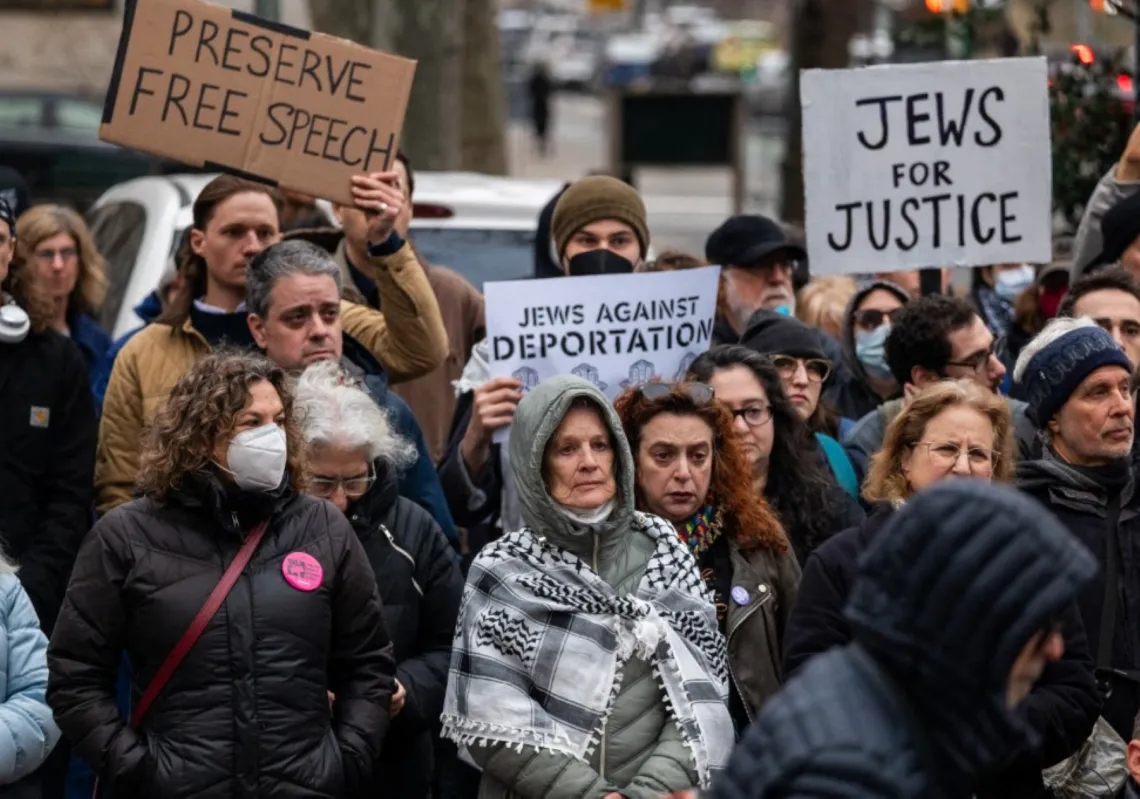The escalating fighting in Yemen between government forces and the al-Houthi rebels has reawakened concern that Yemen is again becoming a battleground between leading Middle Eastern countries fighting for regional primacy. Whereas during the 1960s the main contestants were Nasser’s Soviet-aligned Egypt and the Western-leaning monarchy of Saudi Arabia, today the external contestants appear to be revolutionary Shiite Iran and a Sunni coalition led once again by Riyadh.
The Houthis consist of Zaidis, a Shiite sect based primarily in the northern Yemeni provinces of Saada and Amran. Only a small minority of Zaidis support the Houthi uprising. They oppose the central government, led by President Ali Abdullah Saleh, who is also a Zaid. They claim the Saleh government has neglected their interests as well as those of other national minorities. They also criticize the government’s alleged corruption and fault the Saleh administration for its close ties to the United States and supposed susceptibility to Wahhabi influence.
Since 2004, the government has launched half a dozen military operations against the Houthi rebels, but these have failed to suppress the insurgency. Saleh remains committed to defeating the rebels on the battlefield, declaring on November 7 that, “The war will never stop no matter how much money or martyrs it costs.” The government’s difficulties are partly due to the mountainous terrain, which favors the guerrillas, but suspicions have grown that the rebels also are receiving extensive foreign support.
The precise degree of external involvement in the Houthi conflict is unclear. Yemini officials have repeatedly accused groups in Iran, sometimes identified as affiliated with the Iranian government, of providing arms, funding, training, media, and other support. Last month, Yemeni authorities announced that that they had captured an Iranian ship that was smuggling arms to Houthi fighters. The Yemeni government cancelled a planned visit of Iranian Foreign Minister Manouchehr Mottaki in protest. The Yemini media has also related claims that Eritrea is providing a safe haven for the insurgents, allowing Iranian Revolutionary Guards to train and equip them, and permitting weapons to flow from Iran through the Eritrean port of Asab to the Yemeni port of Maydi.
Some Saudi sources have made the same allegations. Most recently, they reported that the Houthi rebels attacked Saudi border posts along the joint Saudi-Yemeni frontier near Mount Dokhan, raising fears that the group aspires to become a transnational regional actor like Hezbollah. In response, the Saudi government has provided Yemeni authorities with military and non-military assistance. Other Gulf Cooperation Council members, Egypt, and Jordan also worry about a possible Iranian link to the Houthi insurgency and feared Iranian desires to establish a sphere-of-influence in the Red Sea centered on the Eritrean coast and north Yemen.
Iranian officials formally deny providing any support for the Houthi fighters. In public, they insist that they strongly support Yemen’s territorial integrity and want to sustain good relations with Yemen. They have offered to help mediate a truce. Off the record, they blame the Yemeni government for inciting the Houthis to take up arms by mistreating them.
Independent analysts remain sharply divided over how much support groups in Iran actually provide the rebels. Iranian sympathies for the rebels are evident, but concrete proof that the Iranian government is seeking to subvert the Yemeni state by providing a sustained and major campaign of assistance to the insurgents is lacking.
In Washington, the Houthis, whatever their link to Tehran, are seen as a much lesser threat than al-Qaeda, which has been seeking to establish a major presence in Yemen to compensate for recent setbacks in Iraq, Saudi Arabia, and other countries. The fear is that the Yemeni government will become so preoccupied with defeating the Houthi insurgents that “al-Qaeda in the Arabian Peninsula”—which combines the terrorist cells in Yemen and Saudi Arabia—will be able to expand its presence. U.S. policy makers are therefore considering providing additional military assistance to allow Yemini authorities to refocus their attention against al-Qaeda. There are also proposals for the United States, the EU, Saudi Arabia, and other countries to adopt a targeted aid package for northern Yemen aimed at alleviating popular grievances there.
Another complication is that the secessionist movement in southern Yemen also has become more active. There is no obvious coordination between the Houthis, al-Qaeda, or the Southern Movement, but observers worry whether the fragile Yemeni state can manage three escalating insurgencies simultaneously. Yemen is the poorest country in the Arab world. One third of its working age population is unemployed. Illiteracy and other social problems are widespread. Much commerce revolves around the sale of arms and Qat, a mild narcotic. Although Yemen is the first formal multi-party democracy in the Persian Gulf, the political system remains fractured by tribal and other sub-national loyalties. The country’s declining oil production is depriving the central government of the resources it needs to buy the loyalty of important regional power brokers and fund the public service programs that many impoverished Yemenis depend on in the absence of sufficient private sector jobs.
The failure of the Yemeni state could spread Somali-like anarchy further north, leading to a rise in piracy, crime, and terrorism throughout the Red Sea region. Although some in Tehran might welcome the demise of the Saleh regime, would Iran really be better off if its oil exports were threatened by even more pirates and if al-Qaeda, many of whose leaders consider Iranian Shiism a form of apostasy, established a base of operations in a country so close to Iran?
Senior Fellow and Director, Center for Political-Military Analysis at the Hudson Institute- Washington DC.








